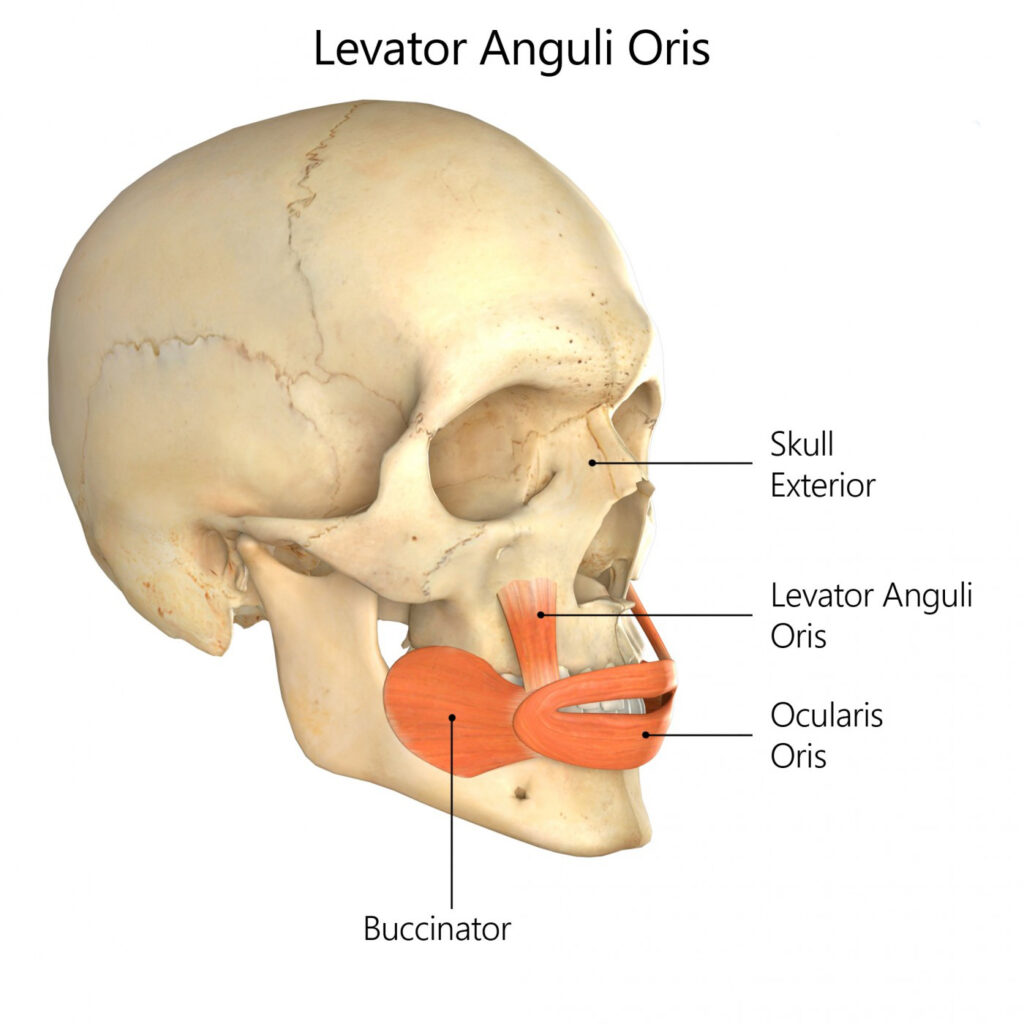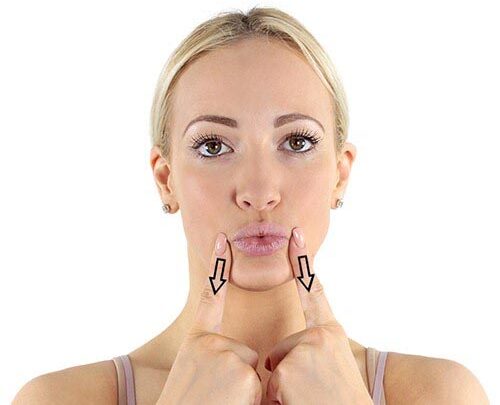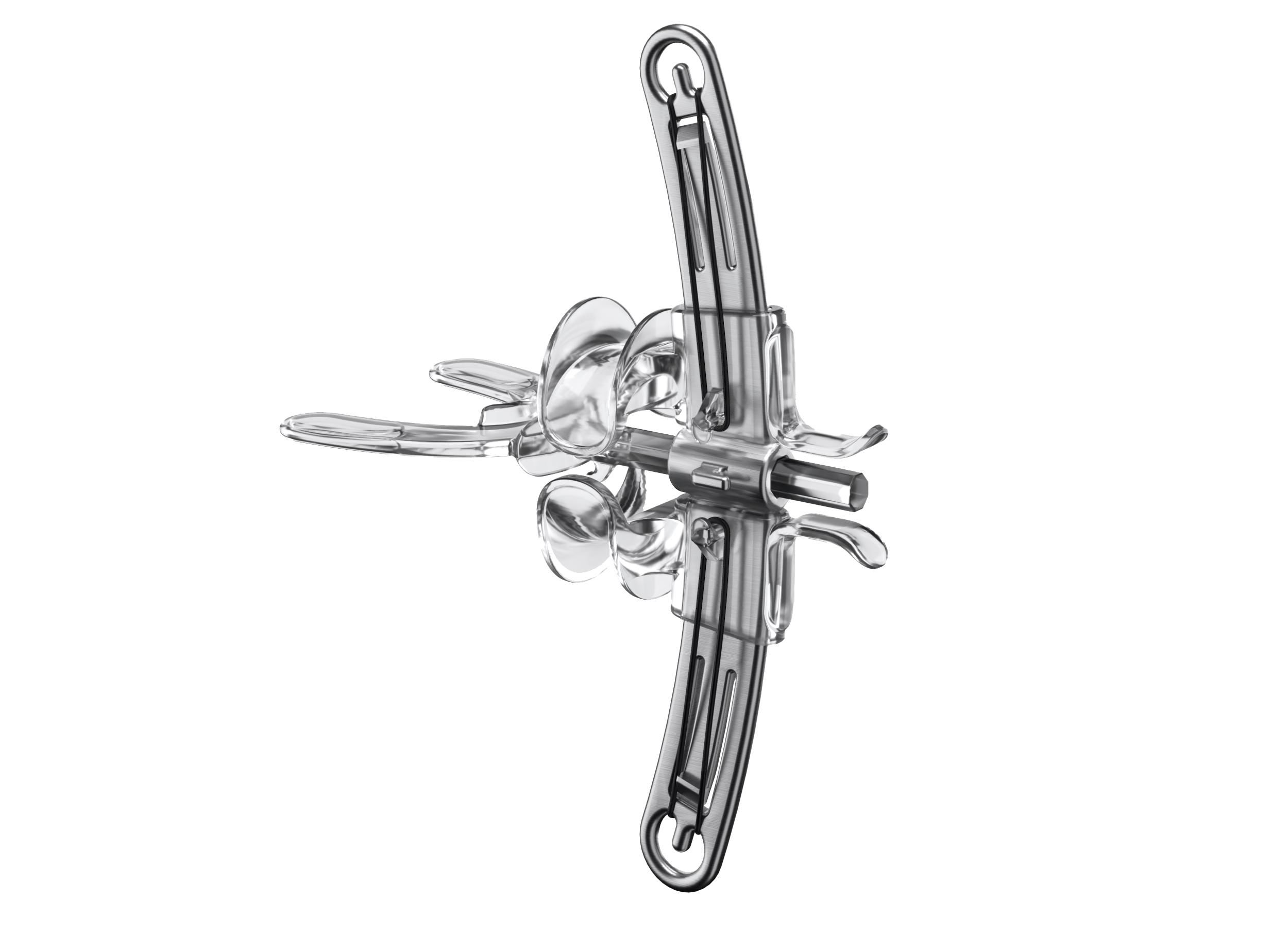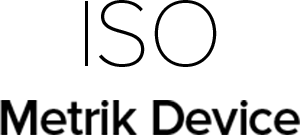ISO Metrik Face Education
Contact Us
Call Us
+1 (678) 632-3745
TESTMONIALS
ISO Metrik offers a game-changing, non-invasive solution to facial sagging — a safer, easier, and more affordable alternative to Botox and surgery. Its potential to support stroke patients with facial weakness makes it an exciting potential addition to modern stroke. rehabilitation.
Dr. Will Humphries
MAKE AN APPOINTMENT
Levator Anguli Oris
Posted on 30th Jul 2020 / Published in: Face
General information
Levator anguli oris is one of the muscles of facial expression.
Literal meaning
The muscle that lifts the corners of the mouth
Interesting information
Levator anguli oris is a facial muscle that arises from the canine fossa and attaches at the angle of the mouth. It is one of a multitude of facial muscles that are involved in forming and manipulating facial expressions.
Specifically, levator anguli oris is responsible for elevating the angle of the mouth which allows for smiling and a number of other essential facial expressions used both during speech and nonverbal communication. Therefore, any injury to levator anguli oris can be severely debilitating and have a hugely negative impact on an individual’s life. If only one levator anguli oris muscle is injured, the other muscle will still be able to contract. However the injured side of the mouth will clearly be distinguishable due to the fact that one side will droop or fail to elevate in coordination with the uninjured side.
Medical conditions that may cause injury or dysfunction in levator anguli oris include stroke, myositis, myopathy, atrophy, and tears. These issues usually present as pain near the mouth and cheek, involuntary muscle movement (spasms), or limitations in facial movement and expression
Origin
Maxillary bone (canine fossa).
Insertion
Mediolus (angle of the mouth).
Function
Lifts or raises the angle of the mouth and assists in deepening the nasolabial furrow.
Nerve supply
Facial nerve (C7).
Blood supply
Facial artery.

Relevant research
Excision is the most effective and safe method for treating tumors of nasal skin. However, the excision surgery can mar the appearance of the patient and cause unnecessary psychological trauma. Therefore, reconstructive surgery is often required after resection. The levator anguli oris muscle can be used as a surgical flap for nasal reconstruction following the excision of nasal tumors.
Denewer A, Farouk O, Fady T, Shahatto F. (2011). “Levator anguli oris muscle based flaps for nasal reconstruction following resection of nasal skin tumours”. World J Surg Oncol. 9:23.
Facial reanimation surgery aims to correct the inability to smile in patients suffering from facial nerve palsy. New methods for measuring the physiological outcomes for these types of surgeries provide surgeons with specific muscle targets for reanimation. Specifically, levator anguli oris and zygomaticus major have a measurable effect on perception of appropriate smile formation.
Penn JW, James A, Khatib M, Ahmed U, Bella H, Clarke A, Butler PE. (2013). “Development and validation of a computerized model of smiling: Modeling the percentage movement required for perception of smiling in unilateral facial nerve palsy”. J Plast Reconstr Aesthet Surg. 66(3):345-51.
Levator anguli oris exercises
When performed regularly, facial exercises can relieve tension and even improve the smoothness of your face. To focus on levator anguli oris which is responsible for raising the corners of your mouth, first stand in front of a mirror then place your index fingers on your cheeks near the corners of your mouth. While applying gentle pressure with your fingers, smile broadly. Hold the smile while resisting the pressure from your fingers for ten seconds then return to a neutral position. Repeat the exercise ten times and also remember to smile frequently throughout the day.

Levator Anguli Oris: Lifting the Corners of the Mouth from Within
The levator anguli oris is a deep, vertical facial muscle responsible for elevating the corners of the mouth, working in harmony with the zygomaticus major, levator labii superioris, and orbicularis oris. It gives your smile its upward trajectory and helps express emotions like happiness, confidence, and engagement.
Anatomy & Function
- Origin: Canine fossa of the maxilla, just below the infraorbital foramen
- Insertion: Modiolus (corner of the mouth), blending with the orbicularis oris and zygomaticus muscles
- Function: Elevates the angle of the mouth upward and slightly medially
- Nerve Supply: Buccal branch of the facial nerve
- Synergistic Muscles: Zygomaticus major, orbicularis oris, risorius, levator labii superioris
This muscle provides a lifting force at the modiolus—the muscle hub at each mouth corner—making it essential for smile symmetry and mouth contour.
The Problem: Maxillary Bone Loss and Muscle Disconnection
The levator anguli oris originates from the maxilla, which is highly vulnerable to age-related bone loss. As the bone resorbs and soft tissue thins:
- The mouth corners begin to droop
- Marionette lines form, pulling the lower face downward
- The smile flattens, losing upward lift and emotional energy
- The muscle weakens due to lack of activation and structural support
These changes affect not only facial aesthetics but also how natural and expressive the mouth appears when speaking or smiling.
The ISO Metrik Device: Reactivating the Levator Anguli Oris System
and cheeks, including the levator anguli oris, by offering resistance-based training from within the mouth.
How It Supports the Levator Anguli Oris:
- Lip resistance targets the modiolus, where the levator anguli oris inserts—engaging the muscle with every rep
- Bite engagement stimulates the maxilla, reinforcing the muscle’s origin point
- Regular use retrains the facial elevator system, enhancing mouth corner lift, smile width, and lower face symmetry
While not isolated, the levator anguli oris is constantly recruited in ISO Metrik training sessions—restoring tone and tightness where aging often first appears.
Why the Levator Anguli Oris Matters
The corner of your mouth tells the story—whether you’re smiling, thinking, or at rest. When the levator anguli oris is strong and active, the mouth lifts, the face brightens, and you look naturally confident and engaged.
The ISO Metrik Device reactivates this muscle by strengthening its neighboring network and restoring the structural base it needs to function—naturally, from the inside out.
Want to lift your smile and reduce marionette lines—without surgery or injectables?
Activate the levator anguli oris and its support system with the ISO Metrik Device.
TESTMONIALS
Dimply dummy text of the deaprinting and typesetting industryorem Ipsum has been the industry’s standard dummy dearty.
DAVID SMITH
CEO,Radiustheme
Contact Us
Call Us
+1 (678) 632-3745
MAKE AN APPOINTMENT
Your journey to facial rejuvenation begins here. Join the ISO Metrik Device Community today.

